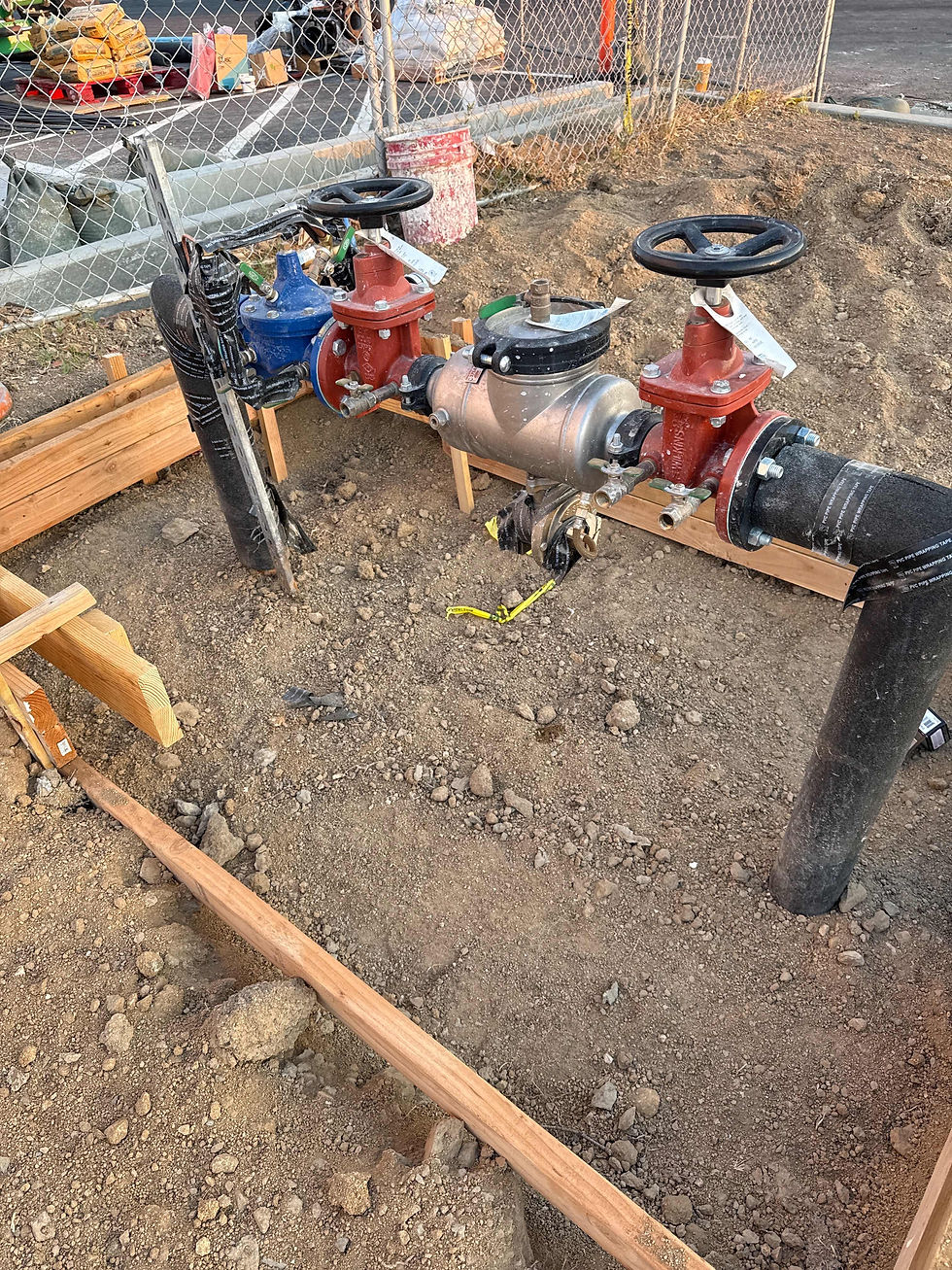Which Type of Backflow Assembly Do I Need?
- bill57931
- Jun 16, 2025
- 2 min read

Backflow prevention is essential for protecting your water supply from contamination. Whether you’re a homeowner, business owner, or property manager, choosing the right backflow assembly is critical to ensure compliance with local regulations and to safeguard public health.
In Long Beach, where backflow issues can pose serious risks, certified professionals offering backflow testing Long Beach services can help you determine the correct assembly for your specific needs.
Understanding Backflow and Backflow Assemblies
Backflow occurs when water flows in the opposite direction from its intended path, potentially pulling contaminants like chemicals, fertilizers, or bacteria into the clean water supply. To prevent this, backflow prevention assemblies are installed to block the reverse flow of water. The type of assembly you need depends on the level of hazard your property poses to the water system.
Types of Backflow Prevention Assemblies
Pressure Vacuum Breaker (PVB)
A PVB is ideal for low-hazard systems, such as lawn irrigation or garden sprinkler systems. It prevents back-siphonage but is not effective against backpressure. For properties needing periodic backflow testing Long Beach, a PVB is often easier to test and maintain.
Double Check Valve Assembly (DCVA)
The DCVA is a versatile assembly used in moderate-risk applications like commercial buildings, fire sprinkler systems, or apartment complexes. It protects against both backpressure and back-siphonage but is not suitable for high-hazard situations.
Reduced Pressure Zone Assembly (RPZA)
The RPZA is the most robust backflow device, designed for high-hazard systems. It provides maximum protection against contaminants such as chemicals or toxins. This assembly is commonly required for industrial properties or facilities handling hazardous materials. Certified backflow testing Long Beach professionals are often called upon to test and maintain RPZAs, as they are crucial for high-risk environments.
Atmospheric Vacuum Breaker (AVB)
An AVB is a simpler device suitable for low-risk systems like irrigation, but it cannot handle continuous pressure. While inexpensive, it may not meet the requirements for most properties in Long Beach.
How to Choose the Right Assembly
To determine which backflow assembly is right for your property, you’ll need to consider:
The level of hazard your property poses to the water supply.
Local codes and regulations enforced by the city of Long Beach.
Your property’s unique water usage, such as irrigation, industrial use, or fire safety systems.
A professional service offering backflow testing Long Beach can inspect your property and recommend the correct assembly to meet compliance standards.
The Importance of Backflow Testing
Regardless of the assembly you choose, annual backflow testing Long Beach is required to ensure your device is functioning properly. Testing prevents potential failures that could put the water supply at risk and helps you avoid penalties for non-compliance. Certified testers also provide maintenance and repairs to keep your backflow prevention system in top condition.
By understanding the different types of backflow assemblies and working with trusted backflow testing Long Beach experts, you can protect your property and ensure the safety of your water supply. Don’t wait—schedule your backflow testing today to stay compliant and safeguard your community’s health.







Comments